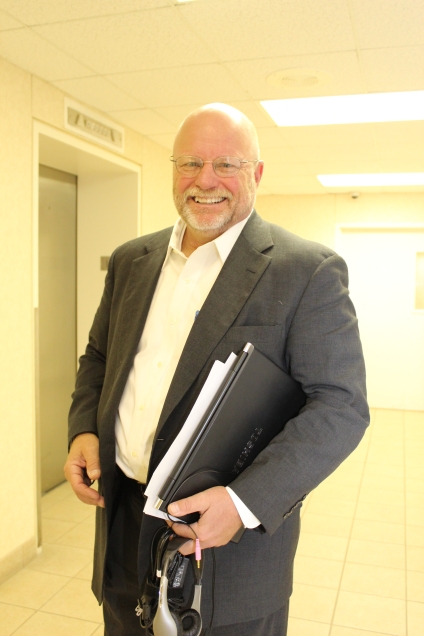You are here
Neurosurgery
Spinal fusion
Spinal fusion is surgery to permanently join together two or more vertebrae (bones) in the spine so there is no movement between them. Graft (such as bone) are used to hold (or fuse) the bones together. This can be done by:
- Placing strips of bone graft material over the back of the spine
- Placing bone graft material between the vertebrae
- Using special cages packed with bone graft material between the vertebrae
The bone graft can come from another part of your body (usually the pelvic bone), from a bone bank or synthetic bone can be used. The vertebrae can also be joined together with rods, screws, plates or cages to hold the vertebrae together until the bone grafts are healed.
Spinal fusion may be done for several reasons; after an injury or fractures to the bones in the spine, due to a weak or unstable spine caused by infections or tumors, when one vertebrae slips forward on top of another (spondylolisthesis), to correct an abnormal curvature (scoliosis or kyphosis) or due to arthritis in the spine (spinal stenosis).
A minimally invasive procedure can be used with most types of spinal fusion to reduce incision size and recovery time.



